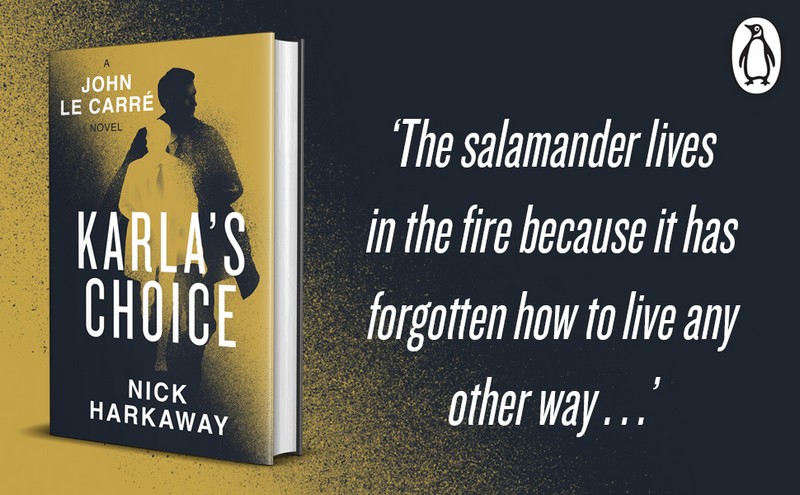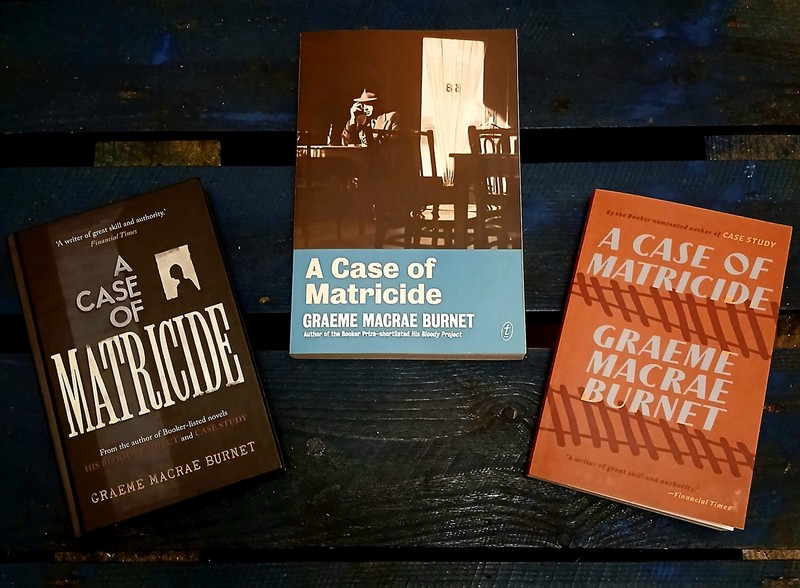
American author Derek Miller has what can only be called an eclectic output. His The Girl in Green looked at the consequences of the invasion of Iraq while more recently, Radio Life was a post apocalyptic adventure tale. He has pivoted from this to a fascinating and moving piece of historical fiction, set in Southern Italy during World War II and revolving around art theft and the destruction of an ancient monastery in The Curse of Pietro Houdini.
The Curse of Pietro Houdini is a story told by a narrator who has three Renaissance paintings which she says were rescued from the Nazis. The story starts in Rome, where a teenage girl loses her family in an Allied bombing. In making her way south she ends up in a small village called Cassino where she is set upon and beaten by another group of boys. She is recused by a man calling himself Pietro Houdini (after the famous American escaplogist) and he takes her with him to the monastery of Montecassino where the girl becomes a boy called Massimo and Houdini presents themselves as an art restorer and his assistant. But soon the Nazis become interested in the huge art and document collection at Montecassino and seek to take it for themselves. Houdini hits on a plan to save some of the paintings. While Massimo just seeks to survive and find a way to their family in Naples.
This is just the set-up for a novel that follows the characters through the last two years of the war. Over time the monastery becomes a refuge but then as the Allies approach, a target. While the depravity of the Nazis comes through the narrative, Miller does not shy away from the equally destructive path of the Allied troops, particularly a regiment of Moroccans who raped and pillaged their way across southern Italy as part of the advance.
The Curse of Pietro Houdini is effective and evocative historical fiction, often with a philosophical edge. Miller creates a kind of found-family within the monastery but also uses the relationships that Massimo (later Eva) forms to capture the precarious existence of life during wartime. As a result readers will find themselves learning and understanding much about that time and place without any feeling that they have been preached to or have read reams of exposition. While at times The Curse of Pietro Houdini can be a confronting read, it is also both fascinating and ultimately redemptive.
Robert Goodman
For more of Robert’s reviews, visit his blog Pile By the Bed
Other reviews you might enjoy:
- Shrines of Gaiety (Kate Atkinson) – book review
- The Darkest Sin (DV Bishop) – book review
- Rapture (Emily Maguire) – book review

Robert Goodman is a book reviewer, former Ned Kelly Awards judge and institutionalised public servant based in Sydney. This and over 450 more book reviews can be found on his website Pile By the Bed.



